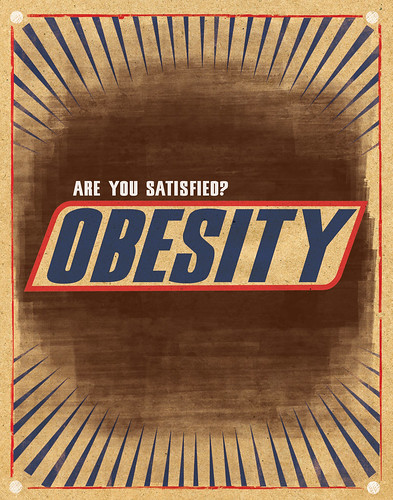 It is a strange health irony that we face.
It is a strange health irony that we face.
The costs of obesity are staggering. In order to decrease both the short-term and long-term costs, we need to get people moving. But as we get more people moving, how many get injured along the way?
In a health care system that has tremendous levels of over-utilization, are we truly saving any money if people end up injured in the process?
I am not saying that we need to live in fear of injury and stay obese. What I am saying is that simply “getting active” can be a significant risk factor – and if you do get injured, the health care “system” will probably over-treat you. If we can prevent injuries while losing weight, we end up with huge cost savings. If we have an increase in injuries while attempting to lose weight, the long-term costs may actually rise.
Let’s take a look at how the process typically works. If you are overweight, which represents a significant percentage of the US population, you might decide that you need to lose some weight. You might decide that you need to change your lifestyle. You might even decide to understand the reasons why you eat and address them accordingly. Great stuff!
The hard part is over … or is it?
You are now pondering the options for increasing your activity level. You know that the activity has to be convenient, otherwise the chances are high that you won’t do it. Maybe walking would be good? Or how about running? There is nothing new to learn – I have been doing it since I was one year old. Put on some running shoes and get out the door and go. Simple, yes? With an estimated 15 million runners in the United States, I think that it is safe to look at running as a "typical recreational activity" in this country.
Now, the bad news. Various reports would indicate that there is a 60 to 90% injury rate among runners. A decade ago, Runner's World magazine reported that 60% of all runners will sustain an injury in any given year that will limit their training. We also know that running injuries are, in most cases, related to training error. This most often means “too much, too soon”.
This becomes all the more important for the obese individual, who needs a safe and methodical approach to training, not the “Biggest Loser” run-a-marathon-in-6-weeks approach – or 26 weeks, for that matter. If the average runner has a high risk of injury, then the obese participant – de-conditioned and likely with poor tissue strength – is at an even greater risk.
If you do sustain an activity-related injury, you now enter the medical system … facing the woes that we find there. There are many levels of over-utilization, from costly diagnostic tests to specialists to medications. And there is even the much prescribed “rest”. Now, a problem that is in most cases simply the result of the body's inability to adapt to training at a rate that is consistent with the rate of application of training has become a huge medical fiasco.
Worse yet, many will simply choose to quit the sport, to quit being active, stating that they were told that "maybe they just aren’t made to run". Many move forward with pain while running because they are told that it is "part of being a runner". Many will have the belief reinforced that activity is bad, and that being sedentary is the only safe option. An injury now amounts to more time off, less motivation to pursue an activity that created the injury, and a greater cost to the participant and the system.
That doesn’t mean that running is bad. Far from it. But what it does mean is that if we know that injury stems from training, then we need to have more competent training programs available, especially for the obese. Buyer beware. But sadly, this isn’t the current reality, and plenty of new runners – many of them obese and trying to build a foundation of lifestyle changes – will become injured simply because of an inappropriate training program.
Sadly, this occurs on a daily basis. All of this is preventable. If only we can become better consumers of our training, our fitness, and our health.
Photo credits: Pressbound

 "Running Injuries: Etiology And Recovery- Based Treatment" (co-author Bridget Clark, PT) appears in the third edition and fourth editions of "Clinical Orthopaedic Rehabilitation: A Team Approach" by Charles Giangarra, MD and Robert C. Manske, PT.
"Running Injuries: Etiology And Recovery- Based Treatment" (co-author Bridget Clark, PT) appears in the third edition and fourth editions of "Clinical Orthopaedic Rehabilitation: A Team Approach" by Charles Giangarra, MD and Robert C. Manske, PT.
 Allan Besselink, PT, DPT, Ph.D., Dip.MDT has a unique voice in the world of sports, education, and health care. Read more about Allan here.
Allan Besselink, PT, DPT, Ph.D., Dip.MDT has a unique voice in the world of sports, education, and health care. Read more about Allan here.
 Top 5 finalist in three categories: "Best Overall Blog", "Best PT Blog" and "Best Advocacy Blog".
Top 5 finalist in three categories: "Best Overall Blog", "Best PT Blog" and "Best Advocacy Blog".